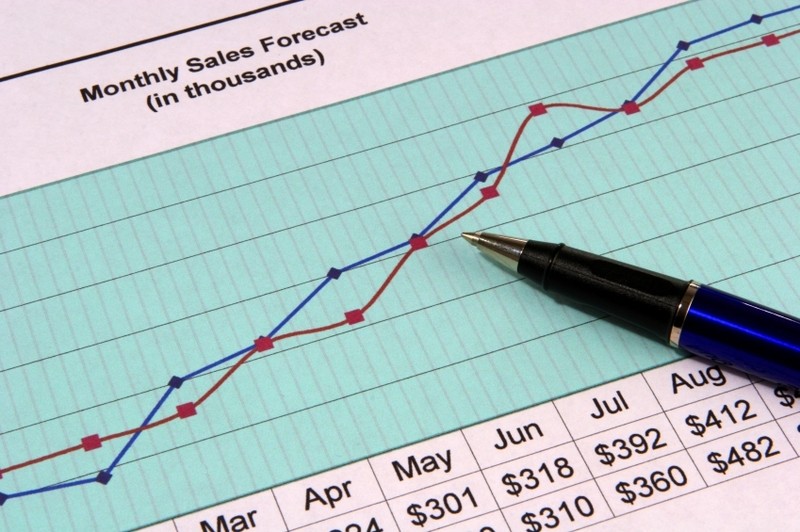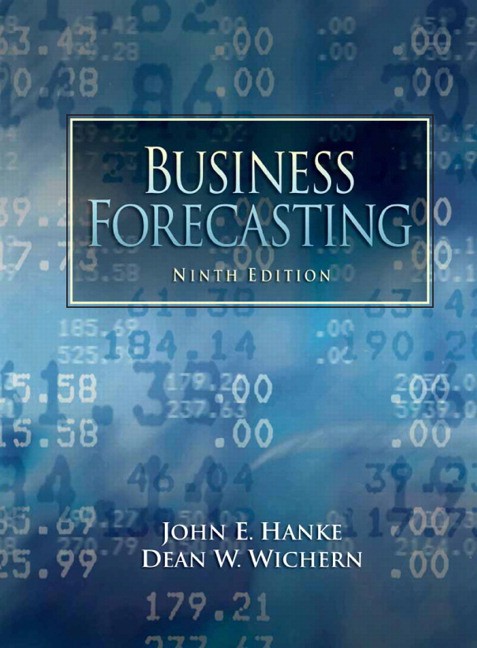The Basics Of Business Forecasting
Post on: 19 Июль, 2015 No Comment

The Basics Of Business Forecasting
It is not unusual to hear talk about a company’s management forecasts: Our sales did not meet the projected numbers or we are confident in the projected economic growth and expect to surpass our goals. In the end, all financial projections, whether about the specifics of a company such as sales or predictions about the economy as a whole, are informed guesses. In this article we will look at some of the methods behind the financial forecasts and the actual process, and some of the risks that crop up when we seek to predict the future.
TUTORIAL: Financial Statements
Financial Forecasting Methods
There are a number of different methods by which a company can be predicted. All methods fall into one of two overarching approaches: qualitative and quantitative.
Qualitative models
Qualitative models usually have success with short-term forecasts, where the scope is limited to the forecast. Qualitative predictions one can be thought of as an expert-driven, that they informed the market mavens or the market as a whole with a consensus prevail. Qualitative models can be useful in predicting the short-term success of companies, products and services, but due to its dependency constraints met by disagreement on measurable data. Qualitative models are:
Market Research polling a large number of people on a particular product or service, to predict how many people buy or use it even started.
Delphi method: general questions on-site experts for opinions and then compile them into a forecast. (For more information on qualitative modeling, reading Qualitative analysis: What makes a company Great)
Quantitative models
Quantitative models of the discount factor and an expert try to remove the human element of the analysis. These approaches are only concerned with data and the fickleness of the people avoid the underlying numbers. They also try to predict where variables sales, gross domestic product, real estate prices and so on may be measured in the long term, in months or years. Quantitative models are:
The indicator approach: The indicator approach depends on the relationship between certain indicators, such as GDP and unemployment, relatively unchanged over time. By following the links and then the following indicators, the leading, you can estimate the performance of lagging indicators, with the leading indicator data.
Econometric Modeling: This is a mathematically rigorous version of the indicator approach. Instead of assuming that the relationships remain the same, econometric models, the internal consistency of the data sets tested over time and the importance and strength of the relationship between data sets. Econometric modeling is sometimes used to create custom indicators, which can be used for a more accurate indicator approach. However, the econometric models are more commonly used in scientific fields in order to assess the economic policy. (For a basic explanation on the use of econometric models, see Regression Analysis Basics For Business.)
Time Series Methods: This refers to a collection of different methods that use historical data to predict future events. The difference between the time series methods is usually in the fine details, like giving more weight to recent data, or discounting certain outliers. By tracking what happened in the past, hoping the forecasters have a better type than the average forecast of the future in the situation. This forecast is the most common type of business because it is cheap and really no better or worse than other methods.
How does forecasting work?
There are a lot of variations on a practical level, when it comes to business forecasting. But on a conceptual level, follow the same process all forecasts.
First A problem or data item is selected. This can be something like people buy a high-end coffee maker? or What is our turnover will be in March next year?
Second Theoretical variables and a perfect record will be selected. This is where the forecaster identifies the relevant variables that must be taken into account and decide how to collect the data.

Third Ascension time. To cut the time and data required to make a forecast, the forecaster makes some explicit assumptions to simplify the process.
4th A model is chosen. The forecasters, the model assumes that the data set fits selected variables and assumptions.
5th Analysis. With the model, the data are analyzed and made a prediction from the analysis.
6th Verification. The forecasters forecast compares to what actually happens to streamline the process, to identify problems or in the rare case of an absolutely accurate forecast, pat on the back.
Problems with the forecast
Business outlook is very useful for companies as they can to production, financing and so on schedule. However, there are three problems with it on forecasts:
First The data will be always old. Historical data must we go further and there is no guarantee that the conditions remain in the past continue in the future.
Second It is impossible to factor in a unique or unexpected events or external effects. Assumptions are dangerous, as the assumptions that the banks were properly before the screening of mortgage lending crisis, and Black Swan events become more frequent as our dependence on forecasts has increased.
Third Forecasts fail to integrate their own effects. Because forecasts, accurate or inaccurate are the actions of companies by a factor that can not be included as a variable to be influenced. This is a conceptual nodes. In a worst-case management is a slave to historical data and trends rather than worrying about what the company does now.














